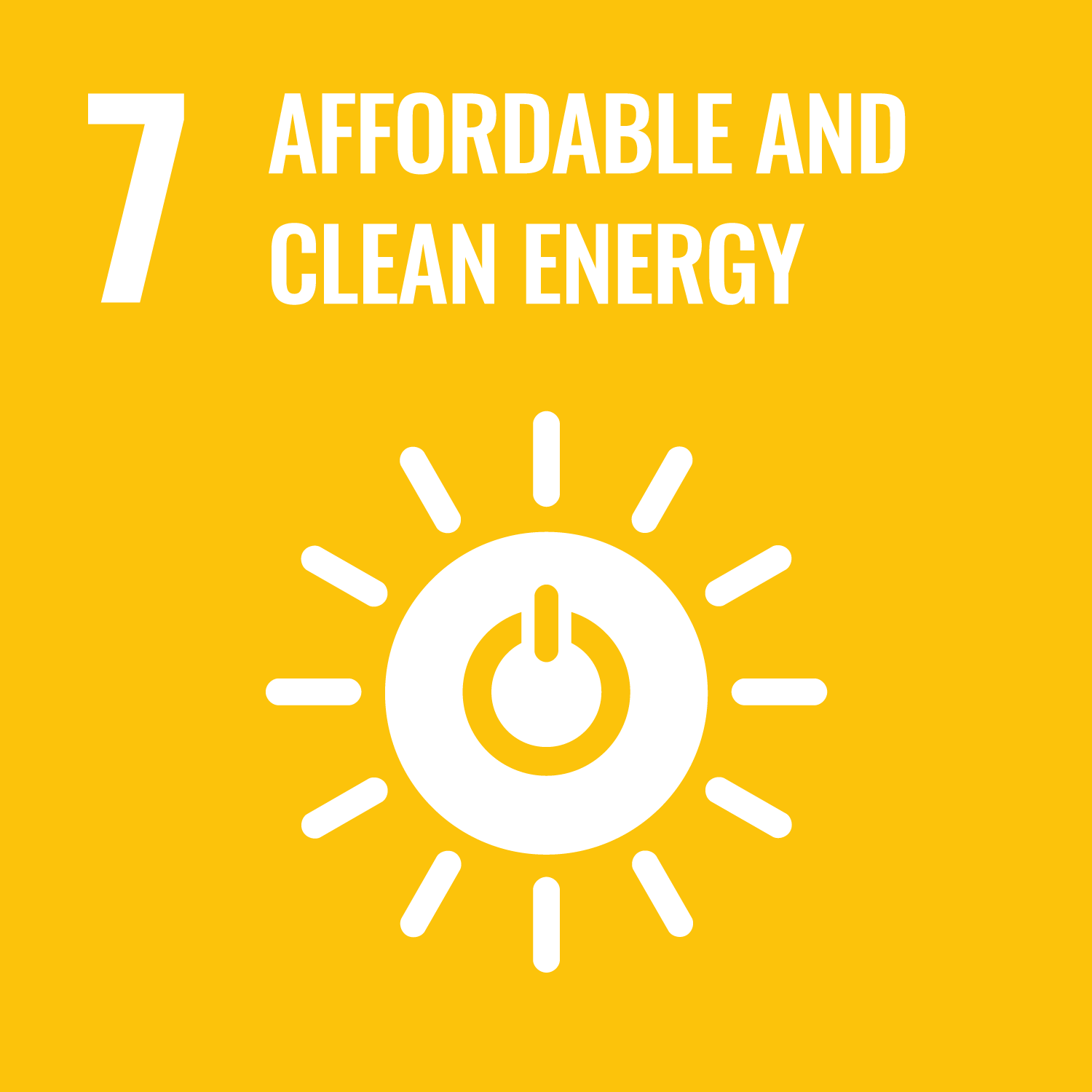Naderi, M. orcid.org/0000-0002-0006-7139, Ballantyne, E. orcid.org/0000-0003-4665-0941, Munoz, M.N. et al. (4 more authors) (2025) A limited-data-based power and energy demand profile modelling of an electric vehicle fleet charging station. In: Wang, X., (ed.) Sustainable and Emerging Energy Technology: Challenges, Opportunities, and Perspectives. Green Energy and Technology. Springer Nature Switzerland, pp. 133-154. ISBN: 9783031924163. ISSN: 1865-3529. EISSN: 1865-3537.
Abstract
The concept of off-grid electrification for electric vehicle (EV) fleets requires the supported of renewable energies and subsequently energy storage systems (ESSs) through a microgrid structure which is associated with modelling, analysis, and design challenges. In this paper, a modelling method for off-grid EV fleet charging stations is proposed, which can generate different power and energy demand profiles required for long-term studies of corresponding microgrids, such as planning and sizing renewable energy sources (RESs) and energy storage systems. The modelling method is based on limited data, which is accessible from EV specification sheets. Some inputs to the model such as intervals of EV arrival time at the charging station, and the number of chargers required for each EV during a defined period, are assumed according to the fleet owner/manager requirements or current charging patterns if available. To model the random behaviour of EVs such as real arrival times to the charging station, and the driver’s preferred minimum EV battery state of charge (SOC) to decide charging again, probability distribution functions are used. The model is developed in MATLAB/Editor. Although the proposed modelling method is validated for a case study, where results show the potential of the method to appear important and useful power/energy profiles and corresponding analyses, it can be easily generalized to model any EV fleet because the input data to model is limited to specifications of EVs in the fleet and EV charge patterns, which both sources of inputs can be easily available.
Metadata
| Item Type: | Book Section |
|---|---|
| Authors/Creators: |
|
| Editors: |
|
| Copyright, Publisher and Additional Information: | © 2025 The Author(s), under exclusive license to Springer Nature Switzerland AG. This is an author-produced version of a book chapter subsequently published in Sustainable and Emerging Energy Technology: Challenges, Opportunities, and Perspectives. Uploaded in accordance with the publisher's self-archiving policy. |
| Keywords: | Engineering; Electrical Engineering; Affordable and Clean Energy; Climate Action |
| Dates: |
|
| Institution: | The University of Sheffield |
| Academic Units: | The University of Sheffield > Faculty of Social Sciences (Sheffield) > Management School (Sheffield) The University of Sheffield > Faculty of Engineering (Sheffield) > School of Electrical and Electronic Engineering The University of Sheffield > Faculty of Engineering (Sheffield) > Department of Electronic and Electrical Engineering (Sheffield) |
| Funding Information: | Funder Grant number ENGINEERING AND PHYSICAL SCIENCE RESEARCH COUNCIL EP/W005883/1 |
| Depositing User: | Symplectic Sheffield |
| Date Deposited: | 05 Sep 2025 11:53 |
| Last Modified: | 05 Sep 2025 11:53 |
| Status: | Published |
| Publisher: | Springer Nature Switzerland |
| Series Name: | Green Energy and Technology |
| Refereed: | Yes |
| Identification Number: | 10.1007/978-3-031-92417-0_10 |
| Sustainable Development Goals: | |
| Open Archives Initiative ID (OAI ID): | oai:eprints.whiterose.ac.uk:231142 |
Download
Filename: ICSEE_Conference_paper_-_UoSH_-_FEVER.pdf



 CORE (COnnecting REpositories)
CORE (COnnecting REpositories) CORE (COnnecting REpositories)
CORE (COnnecting REpositories)